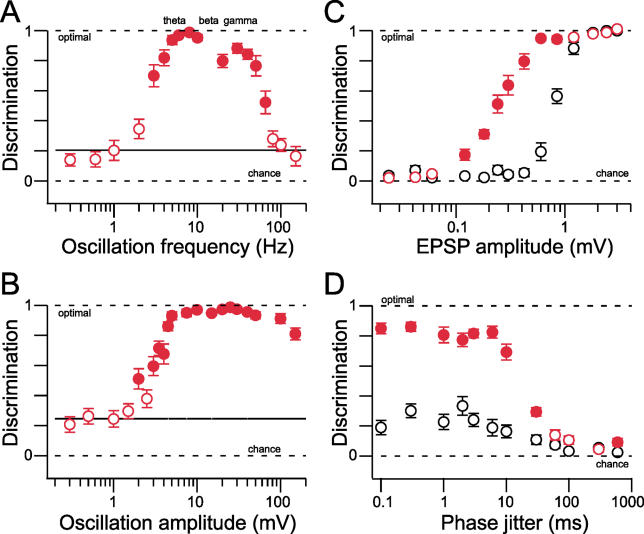Figure 7. Improved Stimulus Encoding Is Largely Independent of Oscillation and Stimulus Properties.
(A) Stimulus discrimination in an InF neuron for ten different stimulus situations is shown as mean ± SEM for ten repetitions as a function of oscillation frequency. Horizontal black line indicates the mean discrimination level for the control case without oscillatory current injection. Filled red symbols indicate where discrimination for the oscillation case is significantly better than for the control case ( p < 0.05, Mann-Whitney). The terms theta, beta, and gamma indicate the respective physiologically relevant oscillation frequency ranges with respect to the levels of discrimination observed in the oscillation condition.
(B) Same as (A) but with varying oscillation amplitude.
(C) The dependence of stimulus discrimination on input strength in an InF neuron is shown by varying stimulus EPSP amplitude. For large inputs, discrimination is similar in the presence or absence of oscillatory activity, whereas the subthreshold drive significantly increases discrimination for lower EPSP amplitudes.
(D) Influence of imperfect phase-locking of stimuli. Stimulus repetitions were presented after introducing a temporal shift (“jitter”) obtained from a Gaussian distribution with a width indicated as jitter (range: 0.1 to 600 ms). All other parameters, including noise, input and output firing rate, membrane time constant, EPSP kinetics, and amplitude, were kept constant (see Materials and Methods). Oscillation-enhanced discrimination begins to decline only when jitter values exceed 10 ms.

